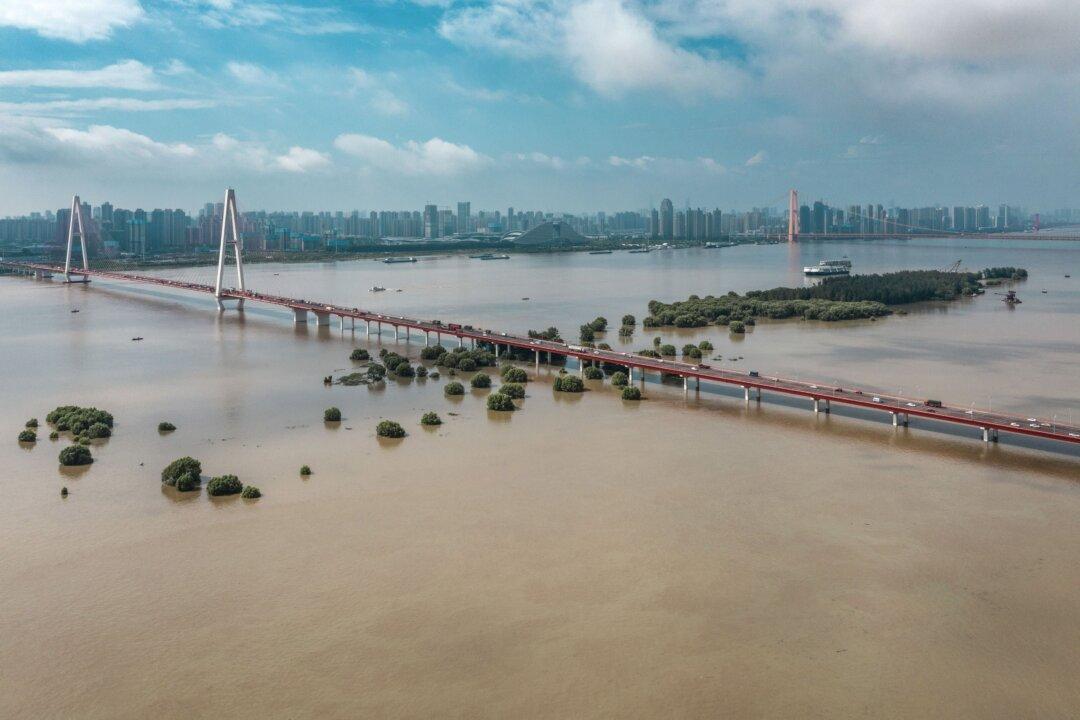Four villages in the southwestern Chinese province of Guizhou were buried by mudslides in the early morning of July 8, causing roughly five hundred villagers to lose their homes within minutes. Meanwhile, heavy rain in other regions led to several rivers breaking their banks and submerging crop fields.
Mudslides also occurred in other parts of Guizhou and in central China’s Hubei Province, but it was not immediately clear how many people were buried underneath.





